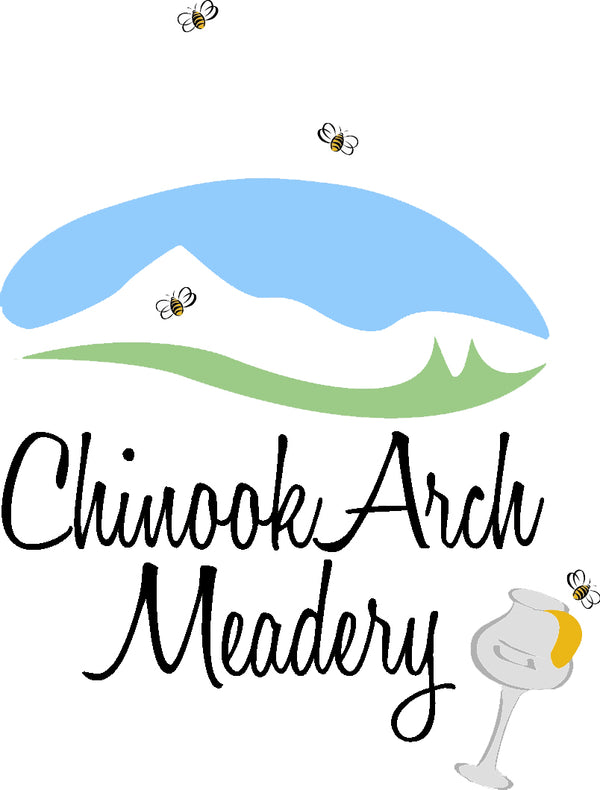Our fall weather has been lovely so far and the bees are using these last flyable days to forage from goldenrods, thistles or the few flowers that keen gardeners are keeping alive. On warmer days they are also collecting any available resin from conifers and shrubs to produce wonderful propolis. We have written often about propolis - the substance bees use to seal the hive and also sterilize it. But how do they actually make it? And why do we care?
While foraging a worker bee bites off a small amount of resin, chews it, adding her saliva at the same time which makes it pliable. After loading it into her pollen baskets she returns to the hive and once there, is assisted by others to offload it. The team then work more saliva, beeswax and small amounts of pollen into the resin and the final product is distributed around the hive. It's composition is roughly 50% resins 30% beeswax 10% essential oils including phenolics 5% pollen and trace amounts of amino acids, vitamins and minerals.
Bees need propolis to immunize their hives - their environment as opposed to themselves. But humans have adopted it for their own health for centuries. All of it's components are beneficial and it's many human applications are as a natural antibiotic, antiviral and anti-fungal. And it can be used internally or topically so whether you wish to treat a wound, bolster your immune system or control a yeast infection propolis could be your 'go to' natural treatment.

